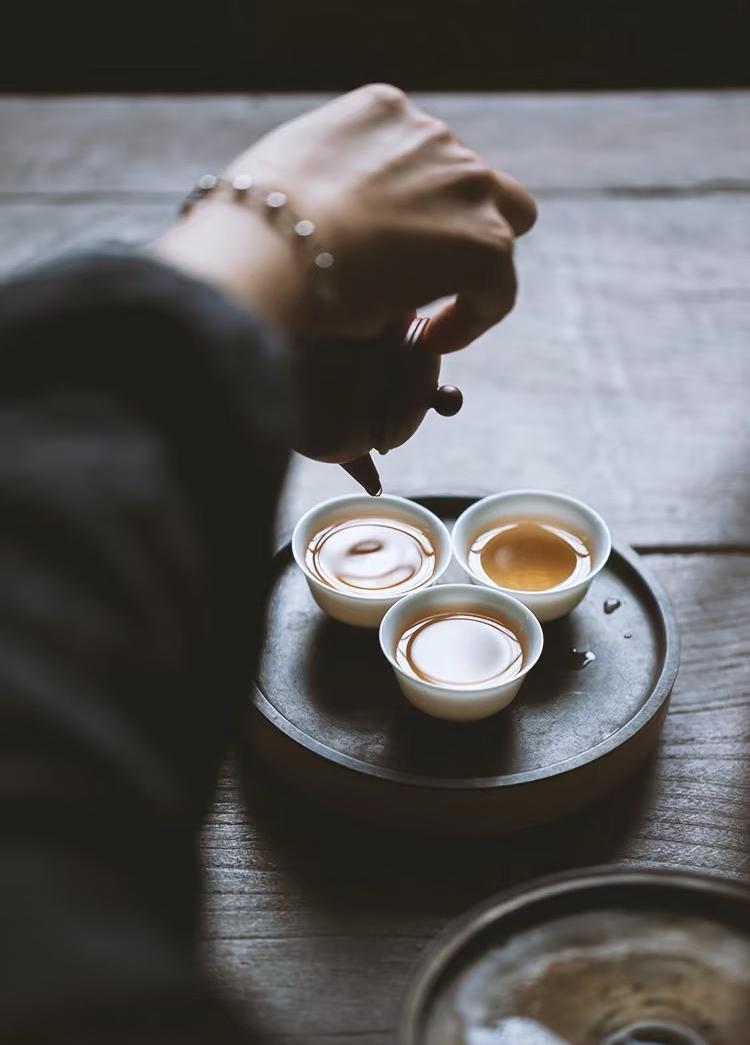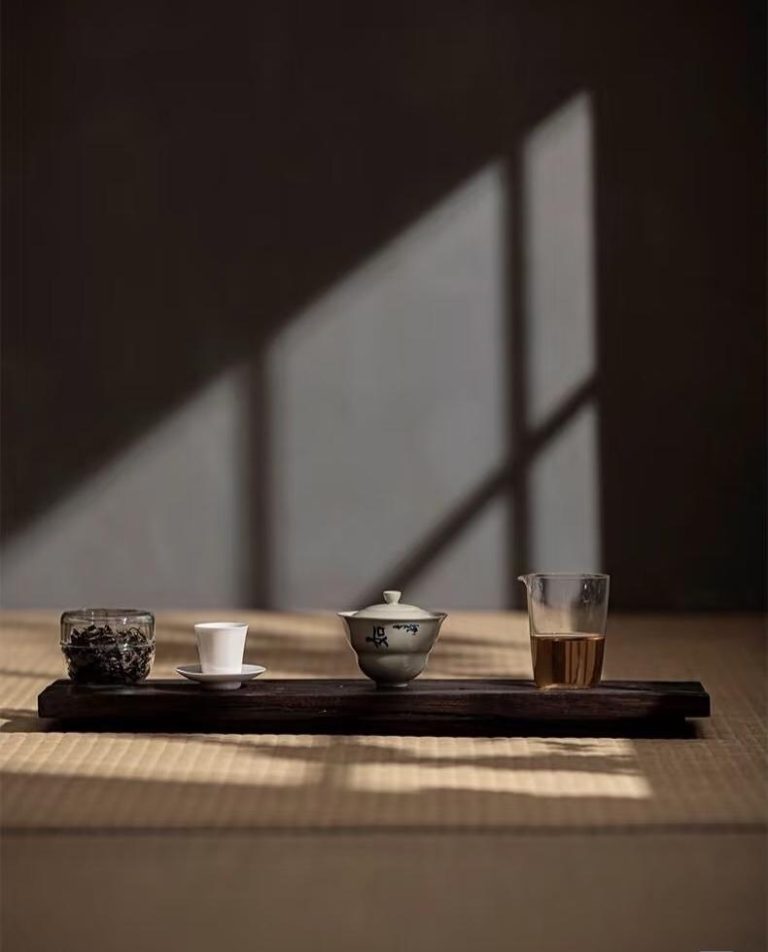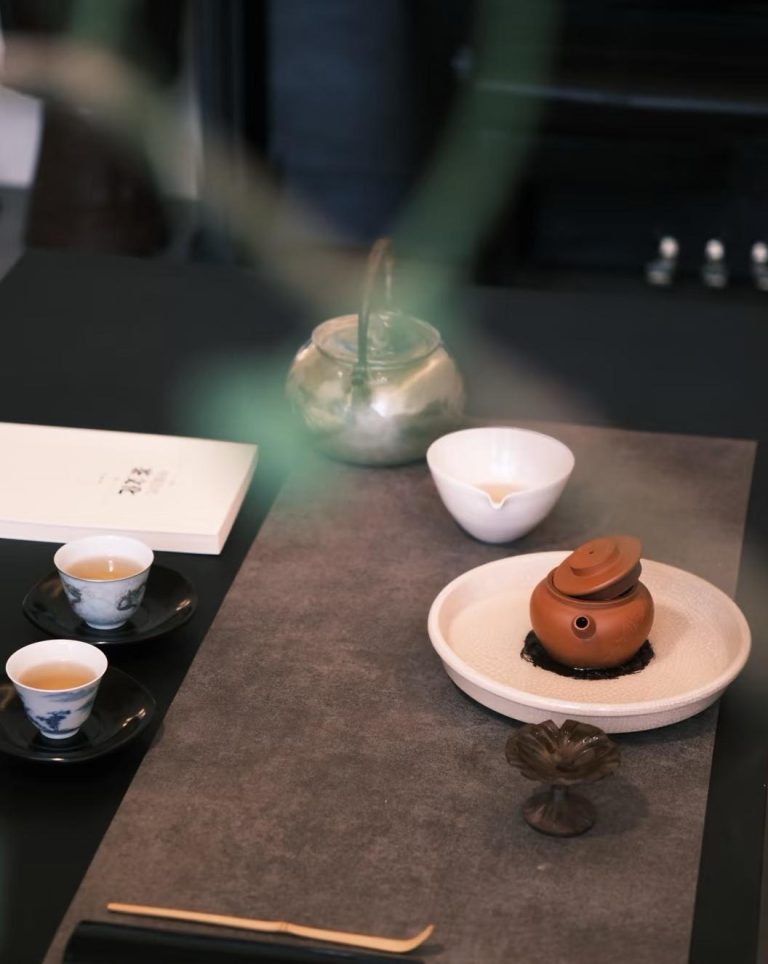
Pu Erh Tea, a time-honored Chinese beverage, is known for its unique aging process and health benefits. With a variety of types and grades available, selecting the best pu erh tea can be a daunting task for both beginners and connoisseurs alike. This comprehensive guide will walk you through the essential steps to choose the finest pu erh tea that suits your taste and enhances your tea-drinking experience.
Understanding Pu Erh Tea Types
The first step in choosing pu erh tea is understanding the two main types: raw (Sheng) and ripe (Shou). Raw Pu’er is unfermented and undergoes a natural aging process, developing complex flavors over time. Ripe Pu’er, on the other hand, is artificially fermented, offering a mature taste that raw Pu’er takes years to achieve.
Inspecting Tea Appearance
High-quality Pu’er tea should have a uniform color and intact leaves. The appearance of the tea can indicate its age and processing method. Look for completeness and color consistency, which are signs of well-processed tea.
Aroma Assessment:
The aroma of Pu’er tea is a critical factor in determining its quality. Raw Pu’er typically has a fresh, herbal scent, while ripe Pu’er has a more earthy, woody fragrance. A good Pu’er tea should have a clean and inviting aroma.
Tasting the Flavor:
Tasting is the most telling aspect of evaluating Pu’er tea. Pay attention to the tea’s body, aftertaste, and mouthfeel. A superior Pu’er tea will have a rich flavor and a lingering aftertaste.
Considering Tea Age
The age of Pu’er tea significantly affects its taste. Raw Pu’er improves with age, while ripe Pu’er can be enjoyed immediately due to its accelerated fermentation process.
Examining Packaging


Pu’er tea often comes in compressed forms such as cakes, bricks, and tools. Ensure the packaging is intact and free from damage or moisture, which can affect the tea’s quality.
Origin Matters
The origin of Pu’er tea is crucial, with Yunnan being the primary region. Different areas within Yunnan produce teas with distinct flavors, so consider the tea’s geographical origin when making your selection.
Pricing and Value
While price can be an indicator, it’s not the sole determinant of quality. High-priced tea isn’t always the best; instead, consider the tea’s overall value based on its taste, aroma, and age.
Storage Conditions
Understanding the storage conditions of Pu’er tea is vital. A well-aged Pu’er tea should have been stored in a dry, ventilated, and light-free environment to maintain its quality.
Purchase from Reputable Sources
Buying from a trusted vendor ensures the authenticity and quality of the tea. Look for sellers with positive reviews and a history of providing genuine Pu’er tea.
Personal Preference
Ultimately, the best Pu’er tea is the one that appeals to your taste. Experiment with different types to find the Pu’er tea that resonates with your palate.
Choosing the best pu erh tea is an art that combines knowledge, experience, and personal preference. By following these steps, you’ll be well on your way to enjoying the rich and complex world of pu erh tea.
Ready to embark on your pu erh tea journey? Explore our curated collection of high-quality Pu Erh Tea and find the perfect blend that suits your taste.











